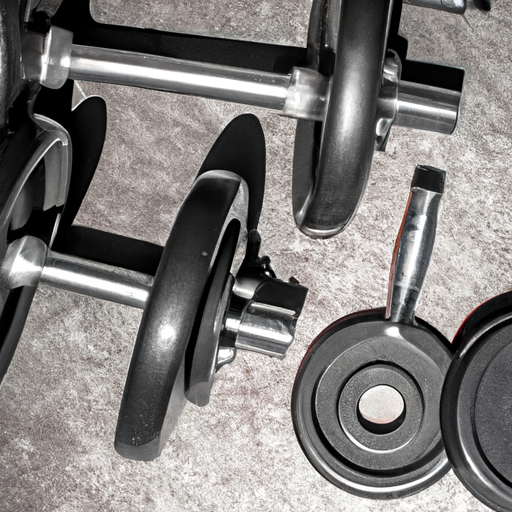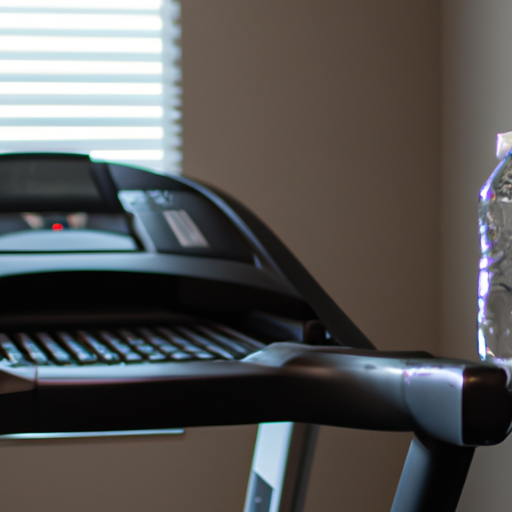
The Ultimate Guide to Progressive Overload
Whether you've just begun your strength training journey or are a seasoned gym-goer, the concept of progressive overload is pivotal to achieving muscle growth. Simply put, without progressive overload, your muscles won’t grow. They’ll just chill at the current level of strength and size, rather like that cat on the windowsill basking in the afternoon sun.
What is Progressive Overload?
Progressive overload is a simple principle—gradually increase the stress you place on your body during strength training to encourage your muscles to adapt and grow. It’s a bit like trying to get better at Sudoku, except instead of numbers and boxes, you’re dealing with dumbbells and sweat.
Why is Progressive Overload Important?
Let’s face it, humans love progression. We progress from crawling to walking, school to university, and from "just browsing" to actually buying things online. Similarly, in training, to stimulate muscle growth, you must challenge your muscles with greater intensity.
- Prevents plateaus by consistently challenging muscles.
- Encourages continued muscle adaptation and growth.
- Helps maintain interest and motivation in workouts.
How to Implement Progressive Overload
The principle of progressive overload can seem daunting, but remember, it’s called "progressive" for a reason. It’s all about gradual increases. Here’s how you can incorporate it into your training regimen:
1. Increase Precision
Start with small increases in weight—often as little as 5%. If lifting a 10kg dumbbell was as easy as pie yesterday, try a 10.5kg today. No need to weigh down with kitchen scales, just progress sensibly.
2. Amplify Sets and Reps
Once you’ve settled with a certain weight, aim to increase the total number of sets or repetitions. If three sets of ten repetitions were once your challenge, aim for four sets.
3. Reduce Recovery Times
Shortening rest periods between your sets by even as little as 30 seconds can increase the intensity of your workout, pushing your muscles to adapt further.
4. Improve Form and Technique
Perfect your technique before adding more weight. As much as we love lifting heavy, it’s not worth an injury-induced Netflix binge.
5. Explore New Exercises
Your body can get incredibly efficient at movement patterns it repeats often. Mix it up! Try different variations of exercises to stimulate muscle growth and avoid adaptation.
Tracking Your Progress
Tracking your progress is crucial. Using a training journal can help. Write down the number of sets, reps, weights, and maybe jot down a motivational quote or two, such as “No pain, no gain” or “Exercise? I thought you said extra fries!”
Why Keeping Track Works
- Ensures you are progressively overloading and not haphazardly exercising.
- Allows for measurable progress, which is highly motivating.
- Helps identify areas of weakness that need improvement.
Avoiding Burnout and Injury
Beware of the pitfalls. Just because progressive overload sounds like the secret elixir to hulking muscles doesn't mean you chuck out common sense. Injuries are just as permanent as tattoos. Well, hopefully, yours isn't a misspelled one.
Key Tips to Avoid Overtraining
Remember to balance intensity with adequate recovery and nutrition. More is not always better when it comes to loading. Listen to your body, and don’t forget the rest days. Muscles, like great detective plots, develop best with a balance of action and rest.
When to Expect Results
Muscle growth and strength gains don't happen overnight. Otherwise, we'd all have fridge magnets from 'Before' and 'After' photos. Usually, you can expect visible changes and increases in strength over the course of weeks to months.
Factors Affecting Your Results:
- Diet: You can't out-train a poor diet; ensure you’re fueling your body well.
- Consistency: Regular training is your golden ticket.
- Genetics: Thanks to the gene pool, some of us are more gifted at muscle growth.
Conclusion
Understanding and implementing the principle of progressive overload in your strength training regimen is essential for muscle growth. It's about smart progression and steady gains. So, lace up those trainers, grab that training journal, and remember, today’s strength fairy tale starts with a single, extra rep. Keep pushing, and your muscles—like your internet speed on a good day—will go up and up.
